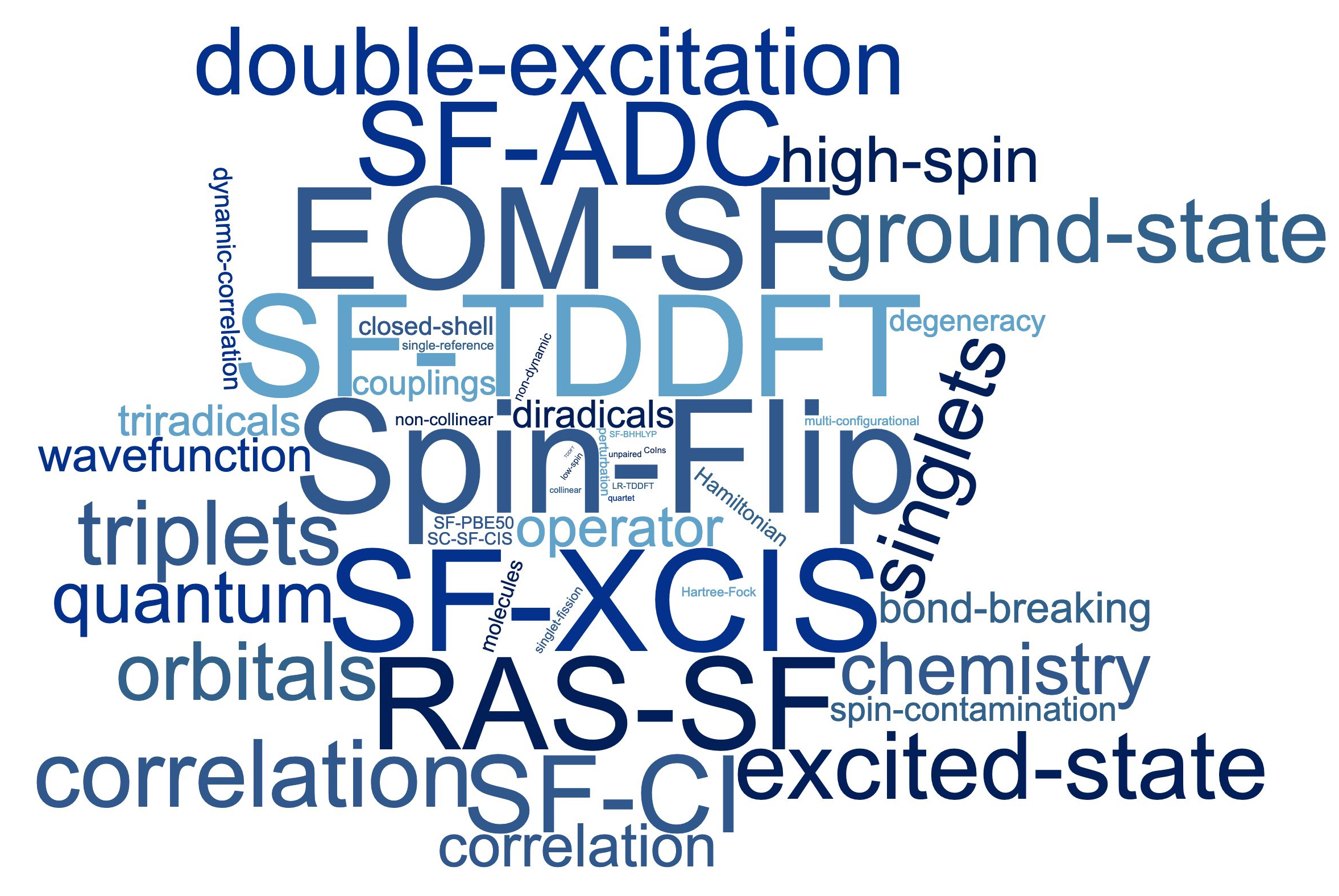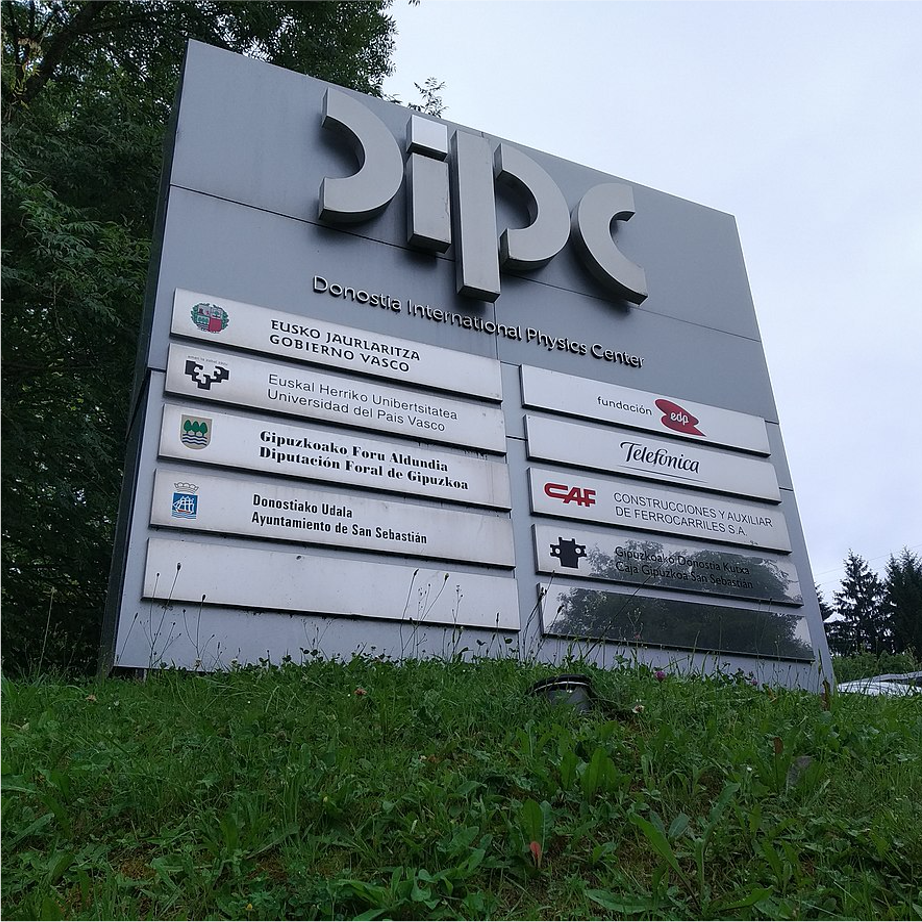Development and implementation of novel quantum chemistry models for the computation of ground and excited states in molecular systems
Electronic structure methods
We intend to develope and implement theoretical approaches with small or moderate computational cost able to account for electron correlations in the ground and excited states of medium and large molecules. The main goal is to provide a good and detailed description of the nature of electronic wave functions (strong correlation) including weak electron correlation effects for the precise computation of relative energies and properties.
Characterization of electronic states
We also elaborate new computational tools for the analysis and characterization of excited states related to the photophysical properties in aggregates. The detailed characterization of the ground and excited states is fundamental in order to understand the photophysics in aggregates, in particular for those processes not observed for the corresponding molecular species. We aim to define simple indicators based on the electronic structure to measure the properties of the low-lying excited states as well as the electronic transitions from the ground state.
Recent publications
-
D. Casanova
Restricted active space configuration interaction methods for strong correlation: Recent developments
WIREs Comput Mol Sci. e1561 (2021) -
J. A. Rodríguez, A. Carreras, D. Casanova
Short-range DFT energy correction to multiconfigurational wave functions for open-shell systems
J. Chem. Phys. 154, 124116 (2021) -
A. Carreras, H. Jiang, P. Pokhilko, A. I. Krylov, P. M. Zimmerman, D. Casanova
Calculation of spin–orbit couplings using RASCI spinless one-particle density matrices: Theory and applications
J. Chem. Phys. 153, 214107 (2020) -
D. Casanova, A. Krylov
Spin-Flip Methods in Quantum Chemistry
Phys. Chem. Chem. Phys. 22, 4326-4342 (2020)





